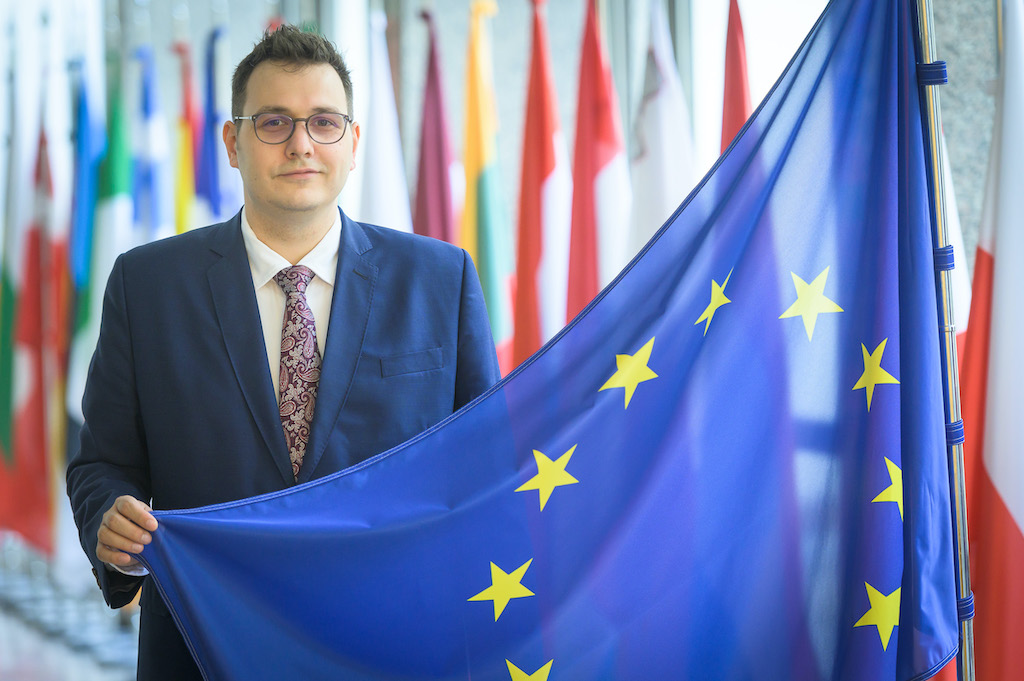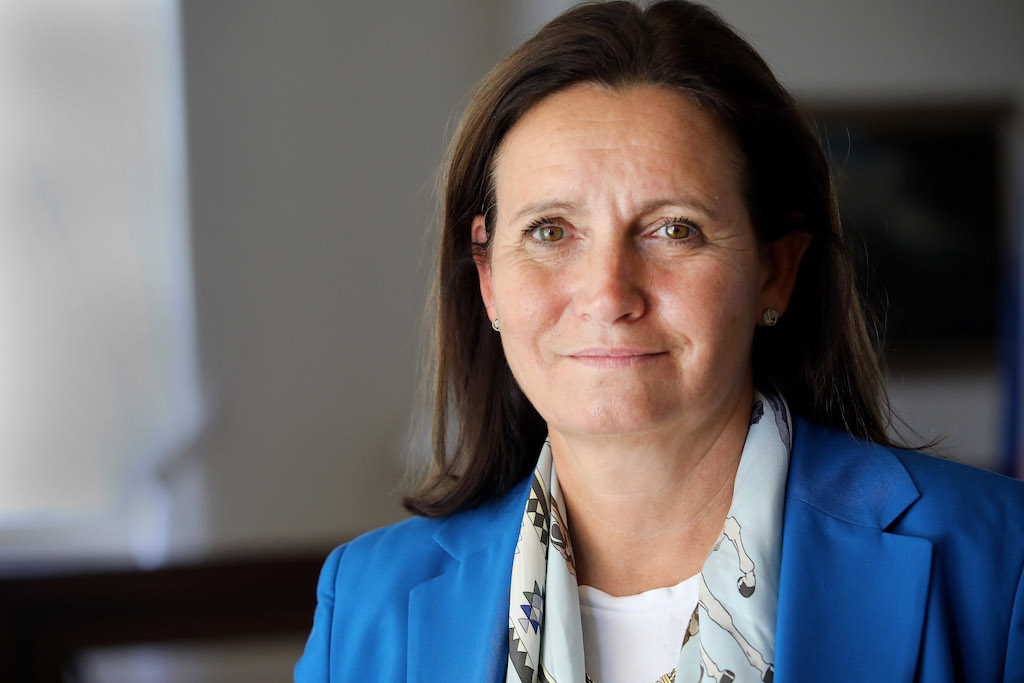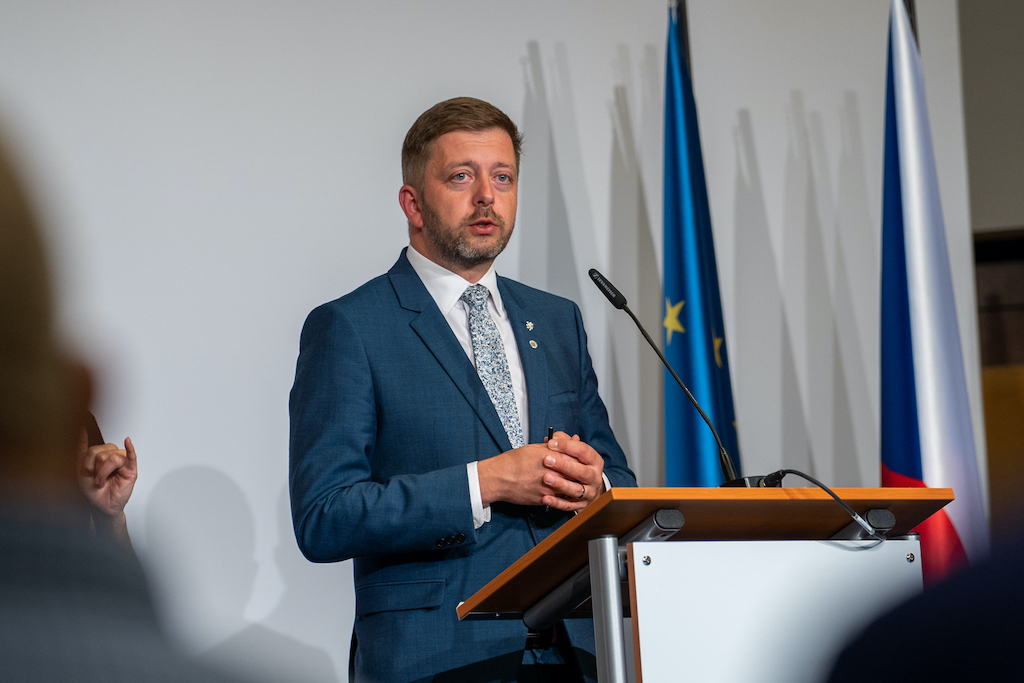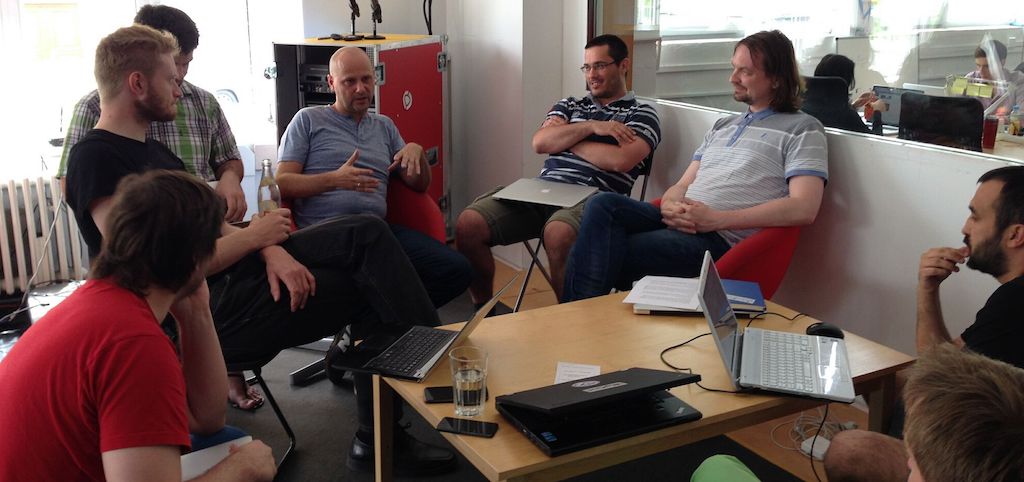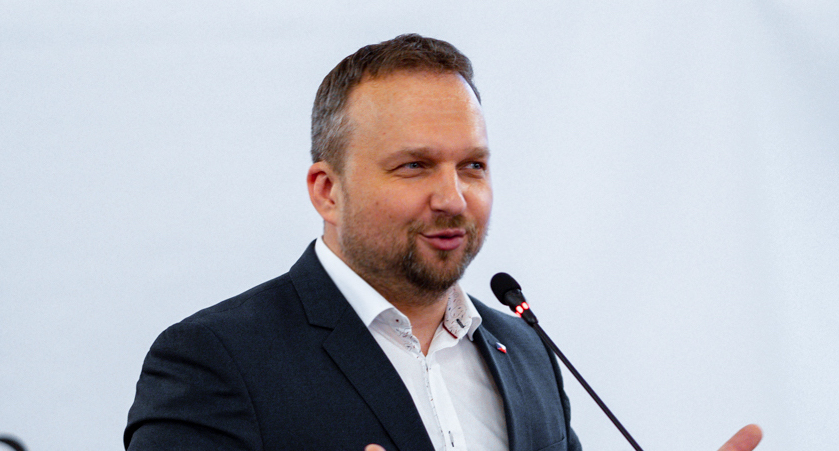 Hydrogen energy: splitting molecules to integrate sectors
Hydrogen energy: splitting molecules to integrate sectors
The first climate-neutral continent. That is what the new Von der Leyen Commission envisions Europe to be by 2050. Decarbonising the economy, especially energy production and use, is of crucial importance for this central priority. This was also underlined by the Director-General for energy, mrs. Ditte Juul Jørgensen, in her recent article for this journal. Hydrogen, the lightest element on earth, is increasingly being recognized as a potential contributor to this heavy task. What challenges of decarbonisation could hydrogen respond to? What benefits could it bring? What does this depend on? And, what is happening at the European and international level?
To a very large extent, decarbonizing energy production means replacing fossil fuels with renewable sources. Today, the highest share of renewable penetration is in electricity generation. As such, it is hardly surprising that electricity is projected to be the dominant energy carrier by 2050 in the Commission’s long-term decarbonisation strategy. On the other end, using renewable electricity to replace fossil fuel demand is often far from easy. Firstly, the intermittent nature of renewable energy sources implies that their availability does not necessarily overlap with patterns of demand. Increased shares of renewables thus amplify the need for flexibility and storage solutions. Secondly, several large demand sectors such as heavy-duty transport and carbon-intensive industry have proven to be challenging to electrify.
Hydrogen, if produced through electrolysis of water using renewable energy, can provide flexibility as a storage medium while reaching hard to abate sectors as an energy carrier or feedstock. Its merits as a storage solution are most pronounced in large scale and long-term applications, it can become the most economic option already at discharge durations longer than 20-45 hours, depending on the cost of stored electricity (IEA, 2019). As an end fuel, it is especially promising in sectors where the importance of power-to-weight ratios obstruct the uptake of battery-powered solutions, such as in heavy transport. Simultaneously, low-carbon hydrogen could contribute to greening the gas grid. As a feedstock, it can decarbonise industrial processes that currently depend on fossil feedstock, such as steel making, refinery and fertiliser industries. As such, hydrogen has the potential to connect the electricity to the gas, as well as transport, industry and heating sectors, thus enabling sector integration. In a transition phase, potentially also hydrogen produced from steam methane reforming coupled with Carbon Capture and Storage (CCS) could contribute to decarbonisation objectives and facilitate scale-up of technologies and infrastructure.
Hydrogen is relatively unique in its multi-functionality as a storage and flexibility solution, energy carrier, fuel and feedstock. This implies that, unlike for most other components of the energy system, the relevant regulatory framework could entail any of these topics, depending on the application. The EU’s last main energy policy achievement, the “Clean Energy for All Europeans” package, includes several provisions relevant for hydrogen. In the Electricity Directive, the definition of storage is extended beyond power-to-power, to power-to-gas and power-to-heat, thereby including other energy carriers as a means of storing electricity. Furthermore, renewable fuels of non-biological origin (RFNBO) are explicitly recognised in the renewables directive of the package. The current Commission recently presented “the European Green Deal”, the flagship package of measures that should deliver climate-neutrality by reducing emissions, while creating jobs. Both cost-effective decarbonisation and European leadership in green technologies will be pivotal in this context. As part of the Green Deal, the European Commission, under the guidance of Commissioner Kadri Simson, is currently analysing how to facilitate the smart integration of sectors, and hydrogen is considered a key enabler in this process.
At the European Union level, national developments and experiences, including the extent to which hydrogen has been considered in the recently submitted National Energy and Climate Plans (NECPs), are shared in an informal network of national policy experts called the Hydrogen Energy Network (HyENet). This expert group was set up by the Commission (DG ENER) in order to gradually make hydrogen properly considered as an energy carrier in the policies and plans of energy authorities, and enabling them to exchange information, share good practices and collaborate on specific issues. The group follows up on the wide support that member states gave to the hydrogen initiative under the Austrian presidency, which promoted the role of renewable hydrogen in decarbonising the various sectors of the economy. This initiative was also followed by a declaration that emphasised the potential role of hydrogen in decarbonising the gas infrastructure, in Bucharest.
For successful value chains, hydrogen need not only be clean and energy-efficient, but also competitive. These challenging objectives, as well as recognition of the importance of demonstration, are well integrated into the work program of the Fuel Cell and Hydrogen Joint Undertaking (FCH-JU), a partnership between the industry organization Hydrogen Europe, the research organization Hydrogen Europe Research and the European Commission. This also represents one of the successful examples of cooperation and synergy between various departments of the Commission, notably energy, transport and research. Research and innovation are essential to bringing new promising technologies to the market and creating a competitive and industrial advantage for the EU in this field. The FCH-JU funds research and innovation on hydrogen with an EU budget contribution of 646 million euros for the period 2014-2020. The Commission proposes to continue this partnership beyond 2020, under Horizon Europe. Next to fundamental research, also the development of technologies with higher readiness levels is supported by the FCH-JU, for example in large-scale regional demos called “Hydrogen Valleys”. The Commission furthermore encourages EU wide demonstration projects under the so-called Important Projects of Common European Interest (IPCEIs), that way promoting an opportunity for the European industry (e.g. of PEM electrolysers) to further strengthen their leadership position.
For hydrogen to play a role in the decarbonisation of the economy, harmonised definitions of “clean”, “renewable” and “low-carbon” hydrogen are indispensable. A promising initiative in this context is the FCH-JU funded project called “CertifHy”, which provides analytic work that could support the development of a scheme to issue and trade guarantees of origin, mapping the impact on greenhouse gas emissions of different production pathways. Agreeing on definitions is also considered a priority in the context of international cooperation initiatives, such as the Clean Energy Ministerial (CEM) and the International Partnership for Hydrogen and Fuel Cells in the Economy (IPHE), in which the EC is actively participating.
In conclusion, we expect a growing role for hydrogen in several sectors of the energy system towards 2050. Self-evidently, hydrogen will be an integral part of the initiative on sectoral integration. From a policy perspective, this work will predominantly aim to clarify the possible roles of hydrogen in the energy system and their respective merits, as well as to identify the right instruments that will enable sustainable business models to be developed. To succeed in the energy transition, we need to make use of all options at hand and we cannot afford to favour or rule out any technological solution at the moment. The aim of the Commission is to put together the elements that will allow hydrogen, together with other solutions, to contribute to the cost-effective decarbonisation of our continent, while strengthening global leadership for the EU in the technologies that get us there.





